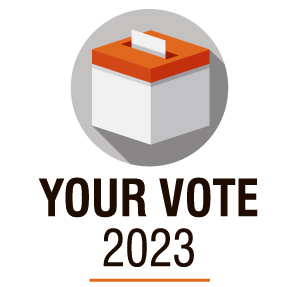People get the government they deserve, according to former United States president Thomas Jefferson, so it is important to understand the system so people know how to use their vote most effectively.
Since 1996 New Zealand has used mixed member proportional (MMP) voting in general elections. Itwas designed to make sure the number of votes a political party got was actually reflected in the number of seats it had in Parliament.
With MMP, a voter has two choices to make on the voting form — one for their preferred electorate candidate and one for the party they want to form the next government. Both can be the same or a voter can choose an electorate candidate from a different party to the one they want to see form a government.
The electorate vote goes to the candidate the voter most wants to represent the area, or electorate, they live in. Each party chooses candidates to stand in electorates. The candidates with the most votes in each electorate become electorate MPs.
Candidates can stand in an electorate on behalf of a party, as an independent candidate or on behalf of an unregistered party.
The party vote determines the share of seats each political party gets in Parliament. So if a party wins 35% of the party vote, that party is entitled to 35% (or 42 seats) of the 120 seats.
However, just getting votes does not guarantee a seat in Parliament. Parties have to reach two levels to get their share of seats — the 5% of votes and the one electorate seat thresholds.
If none of a party’s candidates were elected, but it got more than 5% of all the party votes, it would get a percentage of seats equal to the percentage of votes it received. However, if a party has just one candidate voted in, and so wins one electorate seat, the 5% threshold does not apply and the party can take its share of seats even if overall it won less than 5% of all the party votes.
While it could be thought a party vote was wasted if the party voted for did not get 5% or one seat, voters need to remember the party vote brings MPs to Parliament from the party list.
When a political party wins a greater proportion of seats from the party vote than it does from candidate votes — say 35% of party votes but 37 candidates — it brings those on the party list into Parliament to fill up the seats won by proportion — an extra five seats to bring their share up to 42 seats. People on the party lists are appointed and ranked by the political party and not by public vote.





